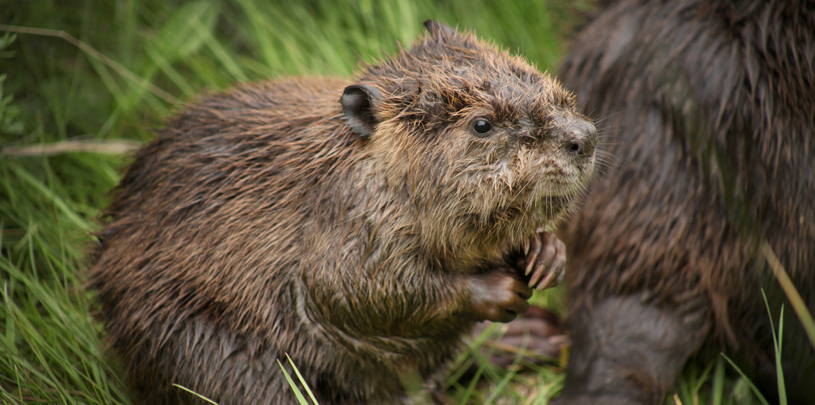Trying to post with new iPad. I’m using dictation, let’s see if it works.
Day: September 24, 2015
Oh sure. No beaver news for 5 whole days and then an EXPLOSION of stories to share. Well, we have to start with this, because I told you it was coming 10 days ago.
Beaver: Back to the Future

Beaver, whose dams help slow the flow of water, play a key role in the health of our forests. They create wetlands, reduce the force of floods, and expand riparian habitat for wildlife. In our new 13-minute video “Beaver: Back to the Future,” four Forest Service employees and a retired Regional Forester eloquently and enthusiastically praise the power of beaver to beneficially restore and manage national forest water flows in the face of climate change.
Beaver: Back to the Future from Grand Canyon Trust on Vimeo.
Wasn’t that awesome? Everyone did such a fantastic and compelling job. And Trout Unlimited funded. How long must we wait for it to catch on. The smartest beaver folk in three states. Now only 47 more to go!
Maybe Coca cola can help. Beaver: the paws that refreshes!
Coca-Cola Leaves It to Beavers to Fight the Drought
What do Coca-Cola and beavers have in common? It sounds like the setup of a bad joke, but the fates of beavers and bottlers look increasingly intertwined. Coke is funding the deployment of beavers in the United States to build dams and create ponds that can replenish water supplies for local ecosystems and ultimately, people.
Coke’s deployment of engineering rodents has a similar goal: getting water into the ground. Before Europeans’ arrival on the continent, beavers lived in nearly every headwaters stream in North America, and they shaped the continent.
“They were everywhere and having a huge impact on the landscape and the hydrology,” said Frances Backhouse, a Victoria, British Columbia–based author whose book, Once They Were Hats, about the history and environmental role of beavers, will be published Oct. 1.
“Beavers mean higher water tables and water on the landscape throughout the dry seasons as well wet seasons,” she said. They are, according to Backhouse, “the only animal in the world that can rival us in terms of engineering the landscape.”
The funding repairs stream crossings and restores streams damaged by wildfires in California, New Mexico, Illinois, Michigan, and Colorado. It is helping to pay for the beaver project, which seeks to boost water retention in the Upper Methow River watershed in the Okanogan-Wenatchee National Forest in Washington state.
Natural solutions like deploying the beavers are a good value, said Radtke. An earlier project in the Sierra Nevada Mountains used heavy equipment to install a series of plugs to contain water so it could seep into sediment. “It was fantastic,” he said. “It was working. But it cost hundreds of thousands of dollars.”
The Upper Methow Beaver Project, a joint effort of five organizations, accomplishes the same thing for less. Coke’s investment in the project in 2014 was around $40,000. Total project cost for that year was $271,000.
Advertisement
“It turns out that beavers work cheaper than big, heavy, yellow equipment,” said Radtke.
Ya think?
Alright, credit where credit’s due, relocating beavers to save water is MUCH better than killing them, and kudos to Coke for having the sense to fund a winner. But really the ideal place for beavers to be improving water is everywhere there is water and people to drink it, and I’ll be happiest when they are allowed to relocate themselves.

Update on the little munchkin at Lindsay who survived the night and was looking healthier today. He’ll be ready to leave in a couple days, and if they can’t locate his family he’ll go to our friends at Sonoma Wildlife Rescue to mature and learn to be a beaver. This morning Cheryl and Kelly went out looking for his family and may have seen another kit and some chewed tulles. Fingers crossed he’ll be reunited with loved ones soon.






































